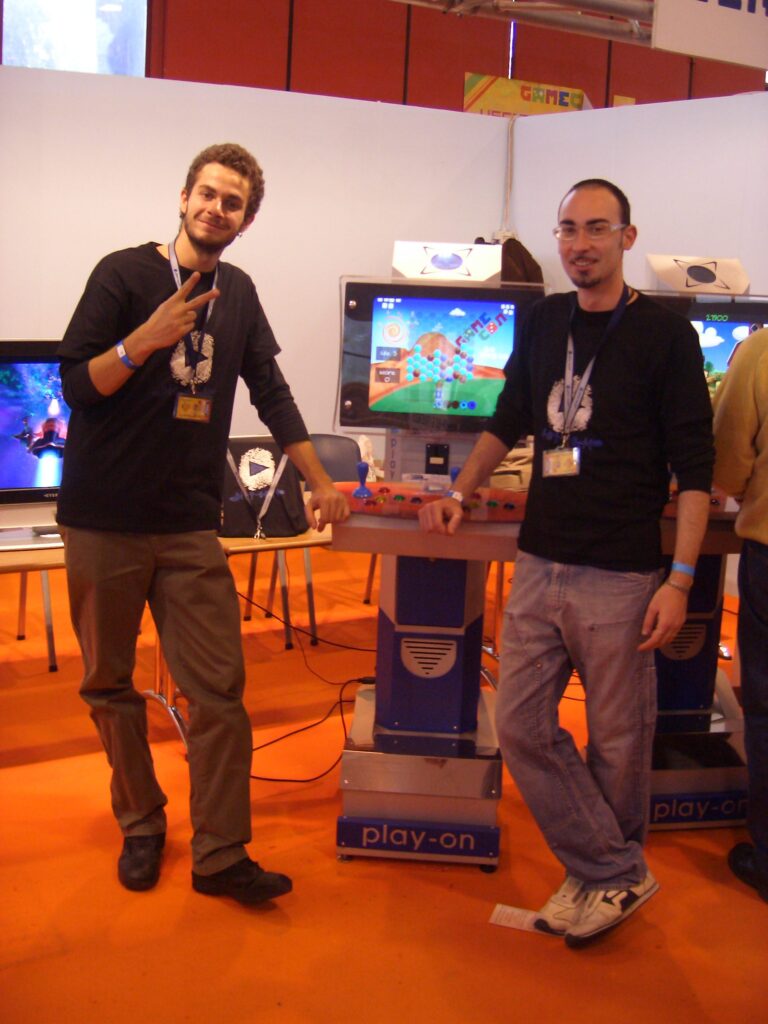Gambling games focus their designs on feedback and effects.
Each time the player presses that button:
– is spending some money
– is hoping to receive an award
– is expecting a show.
The game design of gambling games focuses on
1. visual effects: animations, particles, overlays, …
2. fonts: very important to see the numbers grow with monospace fonts
3. the sounds and lights of the machines.
Obviously, the heart of the game is the statistical system. However, what is learned from gambling applies to various games.
After having worked for some time in gambling, the Italian developer Luca Galante created a game that inherits a lot from the chip-eating machines. He builds a business around that and wins a BAFTA, beating the likes of God of War: Ragnarok. The game is Vampire Survivors, an indie hero with a gambling soul.
SEGA SAMMY HOLDINGS INC. is composed of various business branches. The main one, as far as I know, is pachinko games. A type of gambling game popular in Japan where balls are thrown into the playing space and can hit variable objectives, which can be converted into money thanks to a legislative vacuum.
Curiously, they recently acquired Rovio Entertainment Corporation, whose main service is a series of games where you shoot rounded birds with a slingshot aiming to hit goals and score points…
(I know it has nothing to do with the rational point of view of the business. But flying balls can be better understood by those dedicated to producing ball-launching machines, right?)
You learn a lot from gambling!
